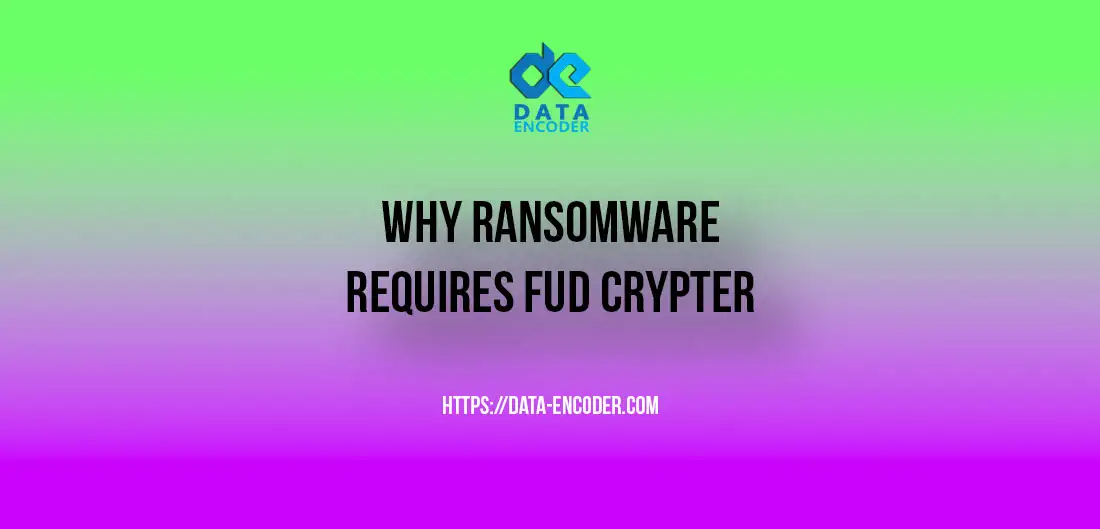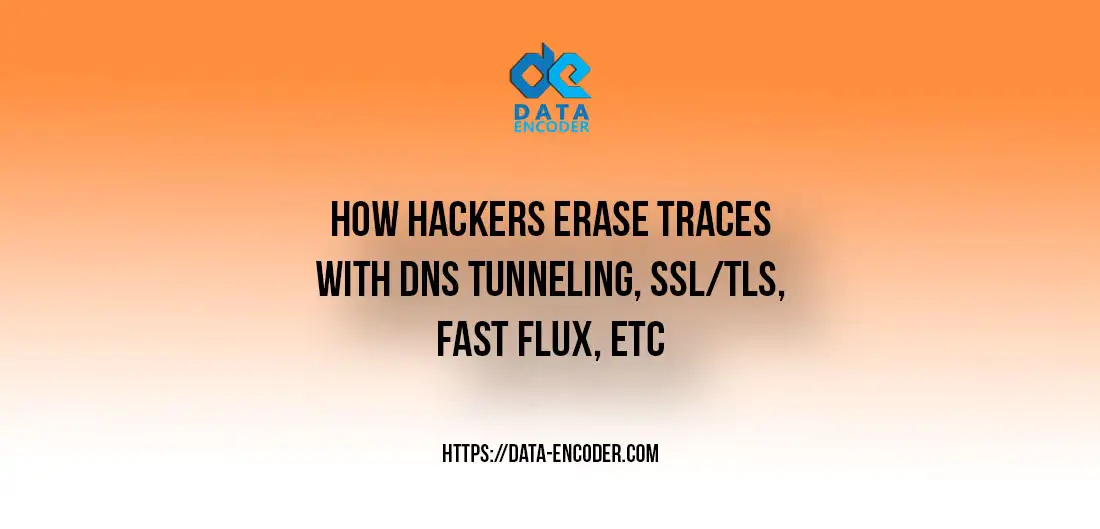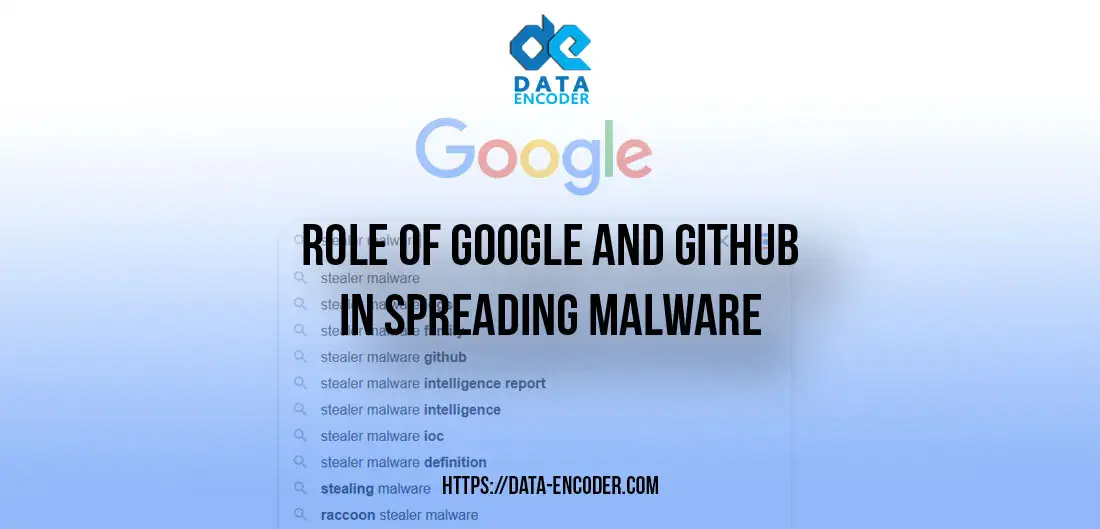Ransomware requires FUD Crypter (Fully Undetectable) software. Do you know why?
In short, Ransomware needs FUD Crypter software for several key reasons. Firstly, ransomware relies on encryption to function effectively. Almost all malware, including ransomware, demands fully undetectable (FUD) crypter software. Without it, they struggle to bypass antivirus systems and get detected and flagged easily. Thus, FUD crypter software becomes essential for ransomware to evade detection and execute its malicious activities.
This article will review all aspects of ransomware and crypter together.
Why is ransomware the most buying tool yet?
According to the research and analysis, more than 55% of Darknet purchases and hacking tools belong to ransomware purchases. Each ransomware attack has specific goals.
Ransomware has become one of the most profitable tools for cybercriminals due to several key factors:
Financial Incentives: Ransomware relies on FUD Crypter due to financial incentives, extorting money from individuals and organizations by encrypting files and demanding payment for decryption keys. The potential profits motivate attackers to invest in developing and deploying these tools.
Anonymity with Cryptocurrency: Ransomware perpetrators demand cryptocurrency payments like Bitcoin for their high anonymity. This makes it difficult for law enforcement to track them, increasing their appeal and safety.
Ease of Deployment: Ransomware toolkits and services are readily available on underground forums and dark web marketplaces. It is allowing even less technically skilled individuals to launch ransomware attacks. These toolkits often come with user-friendly interfaces and comprehensive instructions. So making it easier for aspiring attackers to create and distribute their own ransomware strains.
Evolving Techniques: Ransomware creators adapt with advanced tactics like polymorphism, fileless attacks, and zero-day exploits to outsmart security measures. These strategies increase infection success rates and bypass traditional security solutions, making ransomware a profitable choice for cybercriminals, also known as ransomware crypter.
Target Variety: Ransomware attacks can target various victims, including individuals, small businesses, large corporations, healthcare organizations, and government entities. This versatility allows attackers to exploit vulnerabilities in various industries and sectors, maximizing their potential for financial gain. Now you can find out why Ransomware requires FUD Crypter.
Lack of Preparedness: Swiftly adopting robust cybersecurity measures and implementing effective data backup strategies is crucial to reduce the risk of successful ransomware attacks. Using a FUD Crypter enhances protection against ransomware threats.
Cybercrime-as-a-Service (CaaS) Model: The rise of the Cybercrime-as-a-Service model has made it even easier for aspiring attackers to launch ransomware campaigns. CaaS provides various tools and services, including ransomware-as-a-service (RaaS) platforms, where individuals can lease or purchase pre-built ransomware strains. It lowers the barrier to entry, attracting more individuals to participate in ransomware attacks.
Why shall you use ransomware with FUD crypter?
All malware except the zero-day exploits shall use cryptography methods to encrypt the malware payload and decrypt it on the target systems. Why?
- Because the core or modules of ransomware will be flagged in Scantime quickly. So, in Runtime, you must use a FUD obfuscating malware or FUD crypter to bypass any security detection engines. You can read about how crypter is working here.
- Malware creators don’t care much about FUD results. They focus on adding new features to their tools. Crypter developers work on updating STUB. This helps bypass security systems. Top ransomware makers concentrate on ransom features. They tell users to find updated FUD Crypter themselves.
- In 2024, the best ransomware blocks users from using online malware scanners. However, some ransomware packers include built-in scanners for scan-time results.
But the main question is Is FUD crypter still effective in 2024?
According to our recent research, FUD Crypter continue to play a significant role in cybersecurity, boasting new and enhanced features.
FUD Crypters work by taking the original malware code and applying various obfuscation techniques, such as encryption, code manipulation, and the addition of junk code. This process transforms the malware into a new, unrecognizable form, making it appear benign to security software.
When the obfuscated code is executed on the target system, it decrypts and runs the original malicious payload, allowing the ransomware or other malware to carry out its intended actions. So you know why Ransomware Requires FUD Crypter and can download crypter now.
Crypter services are often offered as a separate product or bundled with other malicious tools on marketplaces. By using these services, less technically skilled individuals can easily obfuscate or modify their malware, including ransomware, without requiring deep knowledge of encryption or evasion techniques.
FUD crypter Runtime make malware, including ransomware, utterly undetectable by security solutions, such as antivirus software and intrusion detection systems.
Data Encoder Crypter give the last solution for stand against ransomware attacks.
Do most malware in use use cryptography?
Briefly, the most used ransomware like: Lockbit, WannaCry, REvil, Ryuk, Maze, Locky, GandCrab, CrySiS, NotPetya, NetWalker, Conti, etc, need to use encryption methods to bypass Windows Defender or other antivirus.
You can watch bypass antivirus videos for more details.
The Importance of Ransomware Requires FUD Crypter
Ransomware developers heavily rely on FUD Crypters. These are Ransomware Requires FUD Crypter several reasons:
- Evading Detection: By obfuscating the ransomware payload, FUD Crypters help bypass traditional signature-based detection methods employed by antivirus software and security solutions. This increases the chances of the ransomware successfully infiltrating the target system without being detected.
- Prolonging Effectiveness: As security vendors update their detection signatures, ransomware strains that were previously detectable may become ineffective. FUD Crypters allow ransomware developers to continuously generate new, undetectable variants of their malware, prolonging its effectiveness and increasing the chances of successful infections.
- Bypassing Security Measures: In addition to evading antivirus software, FUD Crypters can help ransomware bypass other security measures, such as firewalls, intrusion detection systems, and sandboxing environments. By obfuscating the malicious code, FUD Crypters make it more difficult for these security measures to identify and block the ransomware payload.
- Facilitating Distribution: FUD Crypters can be used to obfuscate not only the ransomware payload but also the delivery mechanisms, such as malicious email attachments or compromised websites. This helps ensure that the initial infection vector remains undetected, increasing the chances of successful ransomware distribution.
Conclusion:
In summary, Crypters can help payloads to bypass security controls or monitoring systems in targeted environments. By encrypting the ransomware’s code or configuration files, attackers can make it more challenging for intrusion detection systems (IDS), intrusion prevention systems (IPS), or other security solutions to detect or block malicious activity. It can enable the ransomware to propagate within a network or infect other systems without immediate detection or intervention. It called as malware crypter too.
In short, Other practical features of the crypter significantly affect hiding the ransomware. Encoder features such as Delayed Execution, anti sandbox, WM, clone certificate, and IP hiding methods such as fast flux and tunneling make it very challenging to identify the attacker.
Join our Telegram Support Bot for any issue. We recommend watchin bypass Windows Defender in July 2023 for more details.






Leave A Comment